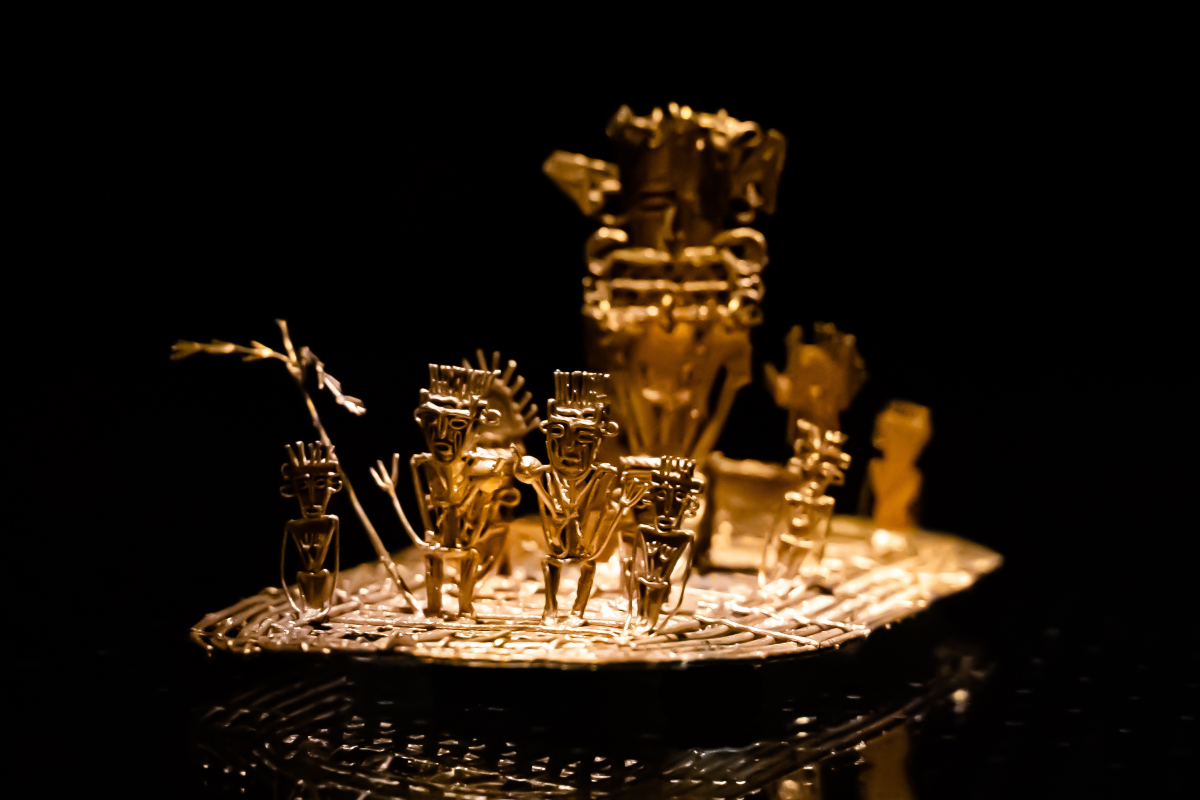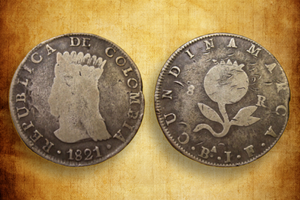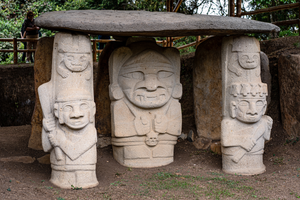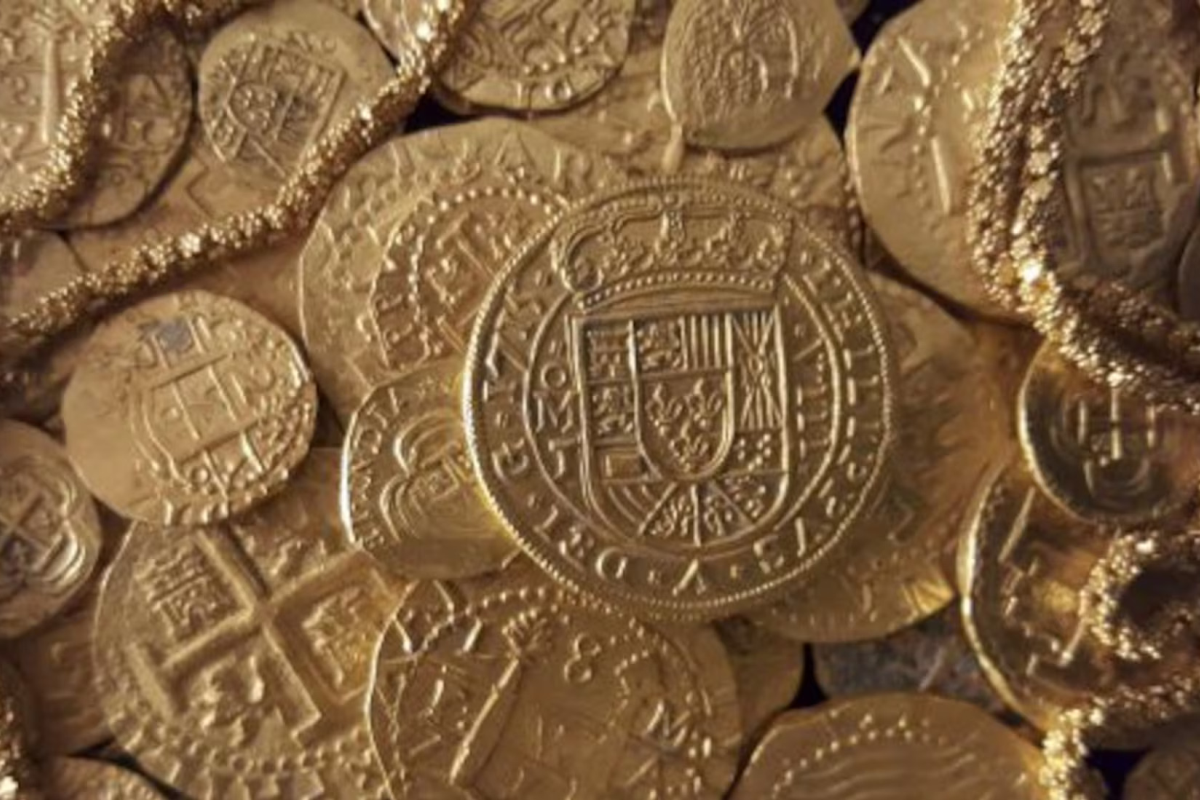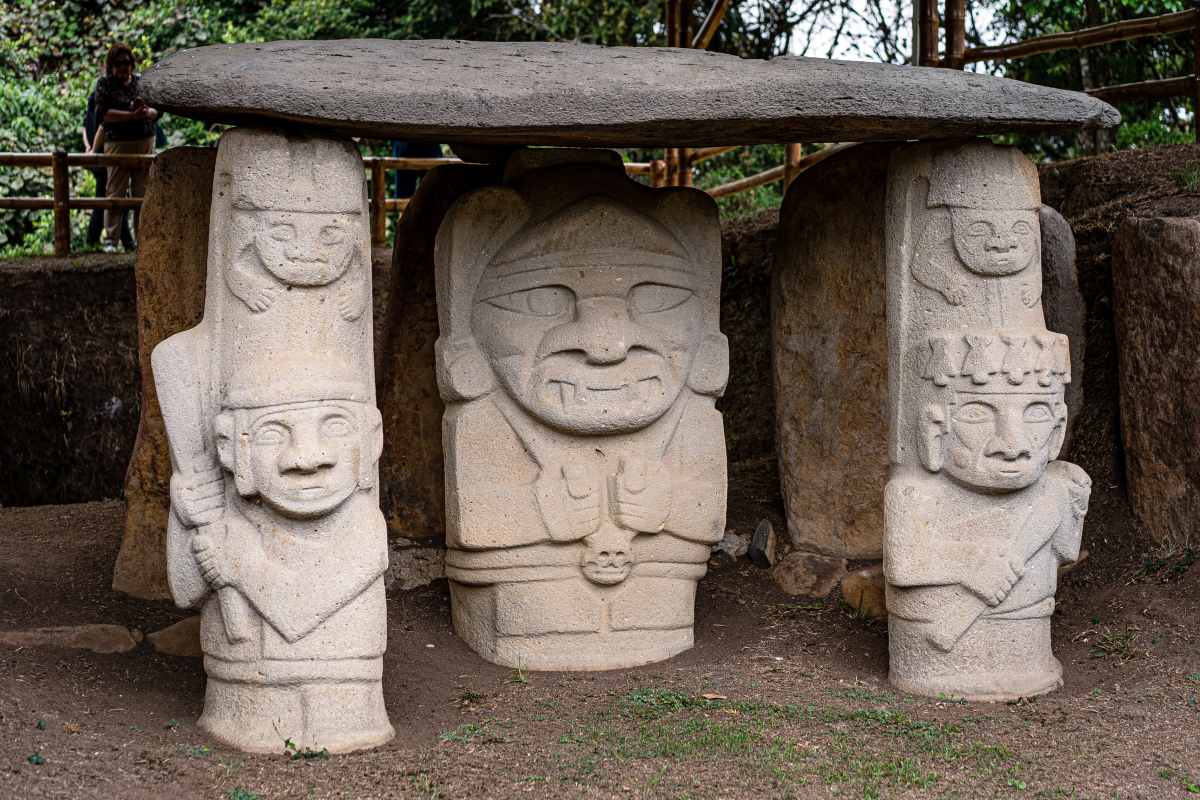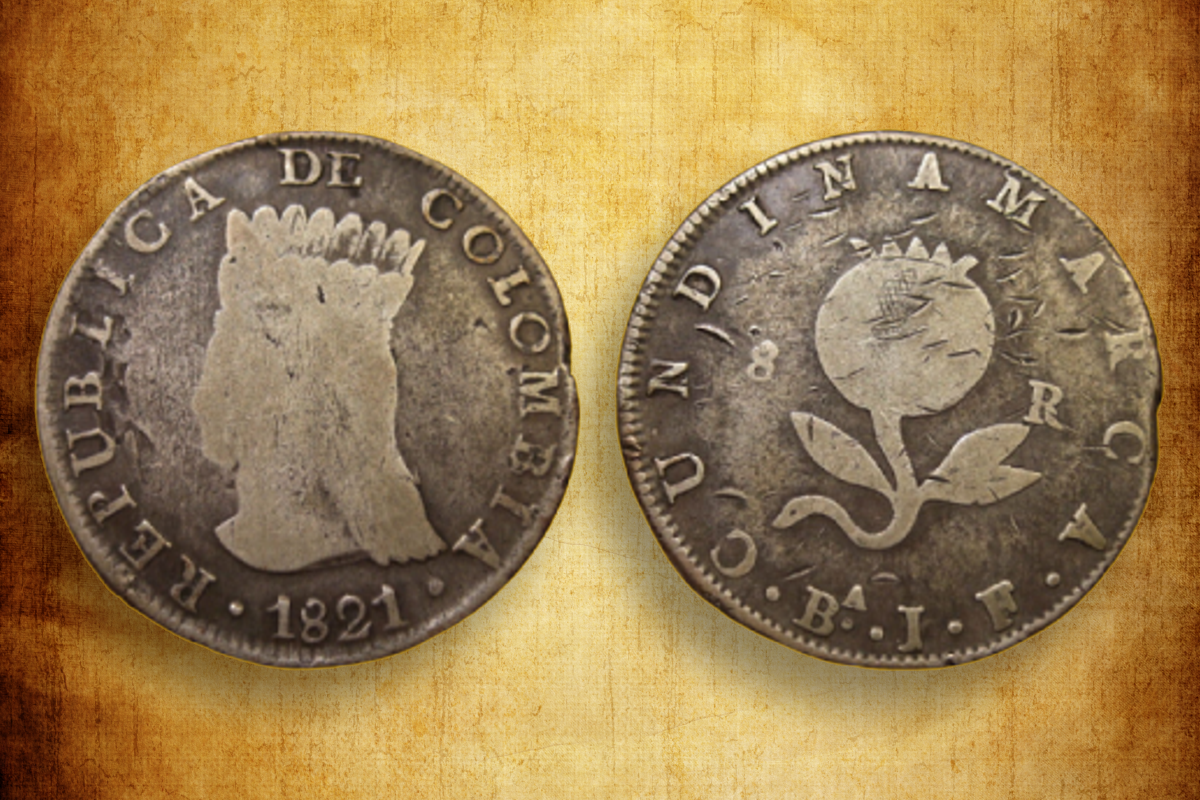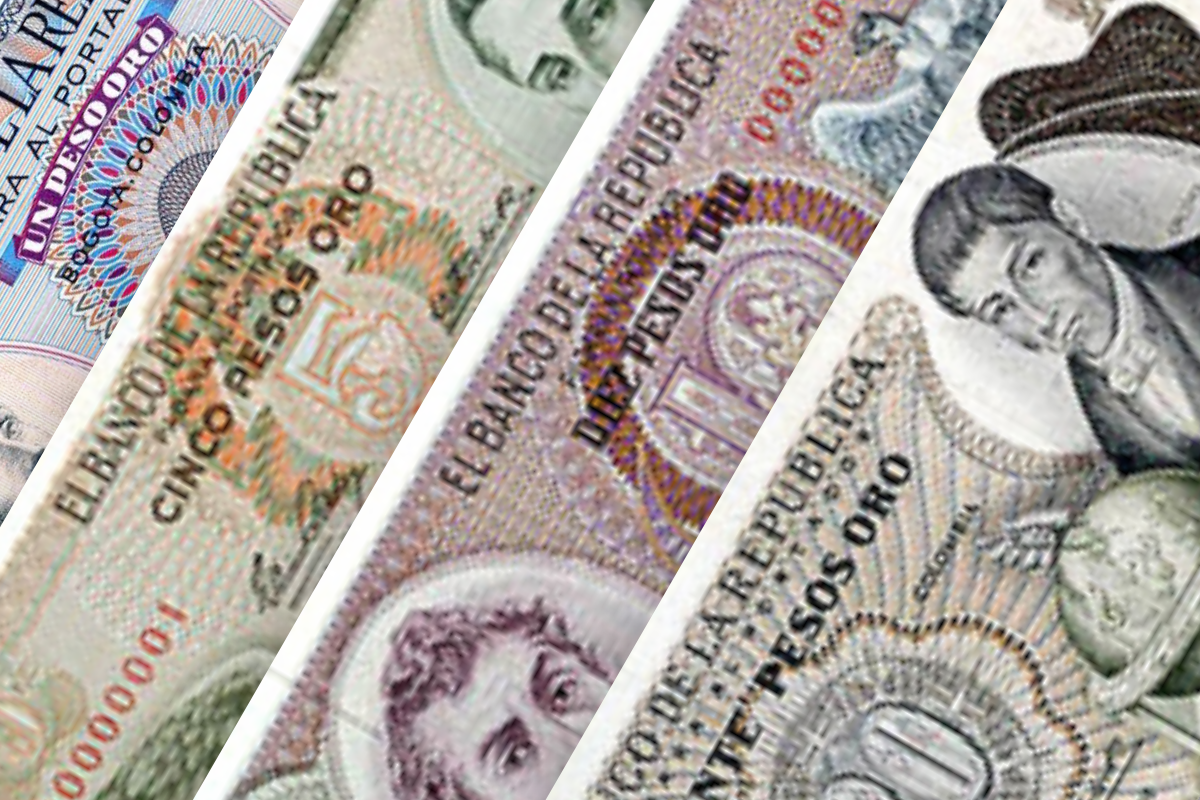The legend of El Dorado
The most famous, magical and charming of all American legends belongs to Colombia. It was born when an Indian told the Spanish conquistador Sebastian de Belalcazar about the existence of a kingdom called Cundinamarca, where a rich and very powerful chief lived, married to a beautiful woman, from whom they had a daughter. However, neither wealth nor power were enough and his wife cheated on him with one of his subjects. The chief was discovered, her lover punished and torn to pieces; she was humiliated, insulted, and despised by the entire tribe. The martyrdom and ignominy to which the chief was subjected was such that she felt she was superior to her strength and one night she approached a lagoon and, together with her daughter, gave herself over to its waters, never to emerge again.
The shamans then convinced the chief that his wife would now live in a magnificent palace built at the bottom of this lagoon.
To honor and make amends for his absent beloved, the sad chief established a striking ceremony, which was later carried out as an obligatory rite for the aspiring heir to be recognized as the new chief. It consisted of the men and women of the kingdom, dressed in gold and feather ornaments, completely surrounding the lagoon. Meanwhile, a sticky mixture of honey and frailejón resin was applied to the naked future chief, then his entire body was covered with gold dust. Later, he was placed on a raft made of reeds, accompanied by four important chiefs of the tribe, also naked, but adorned with headdresses, chagualas, bracelets and gold ear rings. They were all armed with a multitude of gold and emerald jewels piled up on the floor of the raft, which they offered to their god by throwing them to the bottom of the lagoon. Then, when the aspiring chief thought he had reached the middle of the lagoon, he would jump into the water and emerge clean and transformed into a new chief. This incredible story inspired the spirit of the conquistador Belalcázar and others who knew it so much that it was thanks to it in particular that the new world was explored, discovered and populated in search of this magnificent treasure of "El Dorado".
There were many gold pieces believed to have been found throughout America and many adventures occurred in their search, however; the veracity of the story of this ceremony was only confirmed in 1856, through the discovery of a piece of gold known as the "Muisca raft" in the Siecha lagoon; although this disappeared, a similar one was later discovered in 1969 in a cave in Pasca; currently exhibited in the Gold Museum in Bogotá. The curiosity arises as to why neither of the two rafts were found in the Guatavita lagoon, the place where this ceremony was celebrated.


